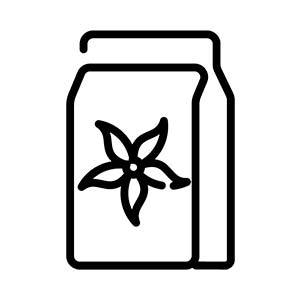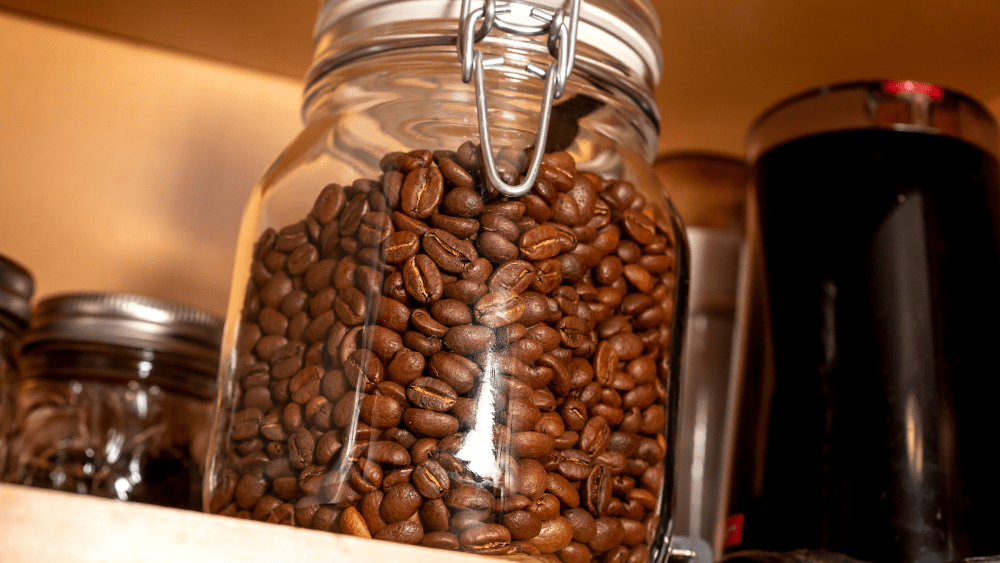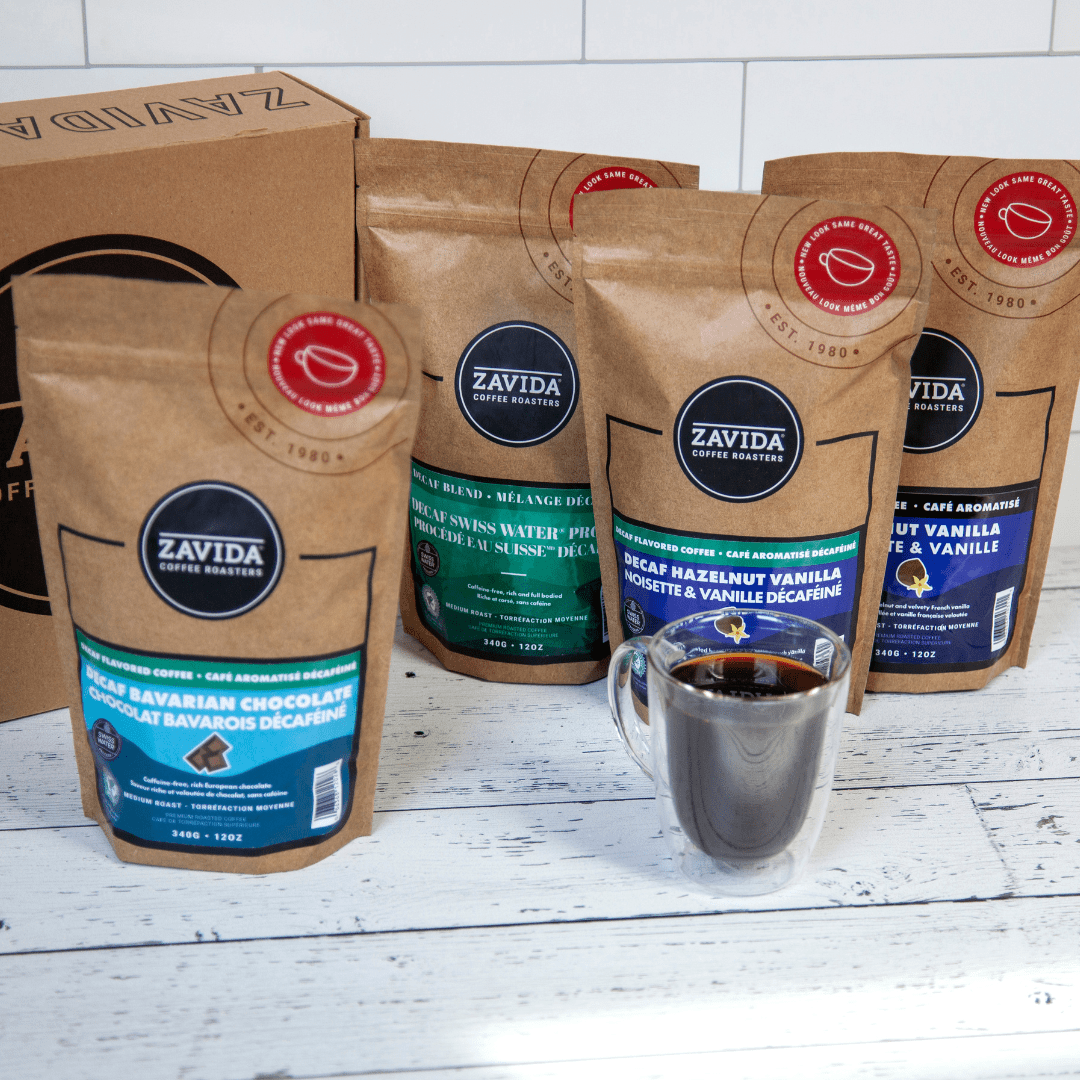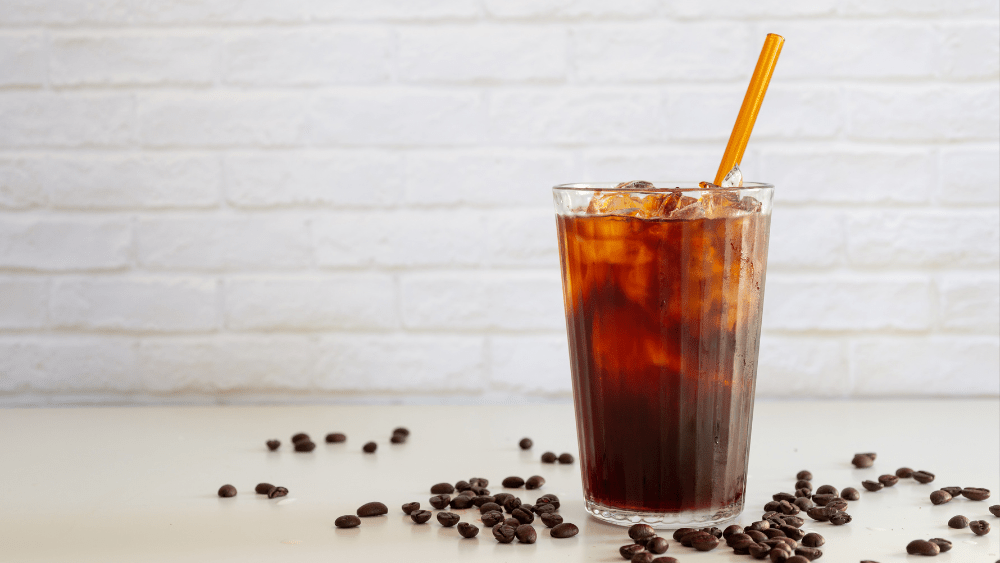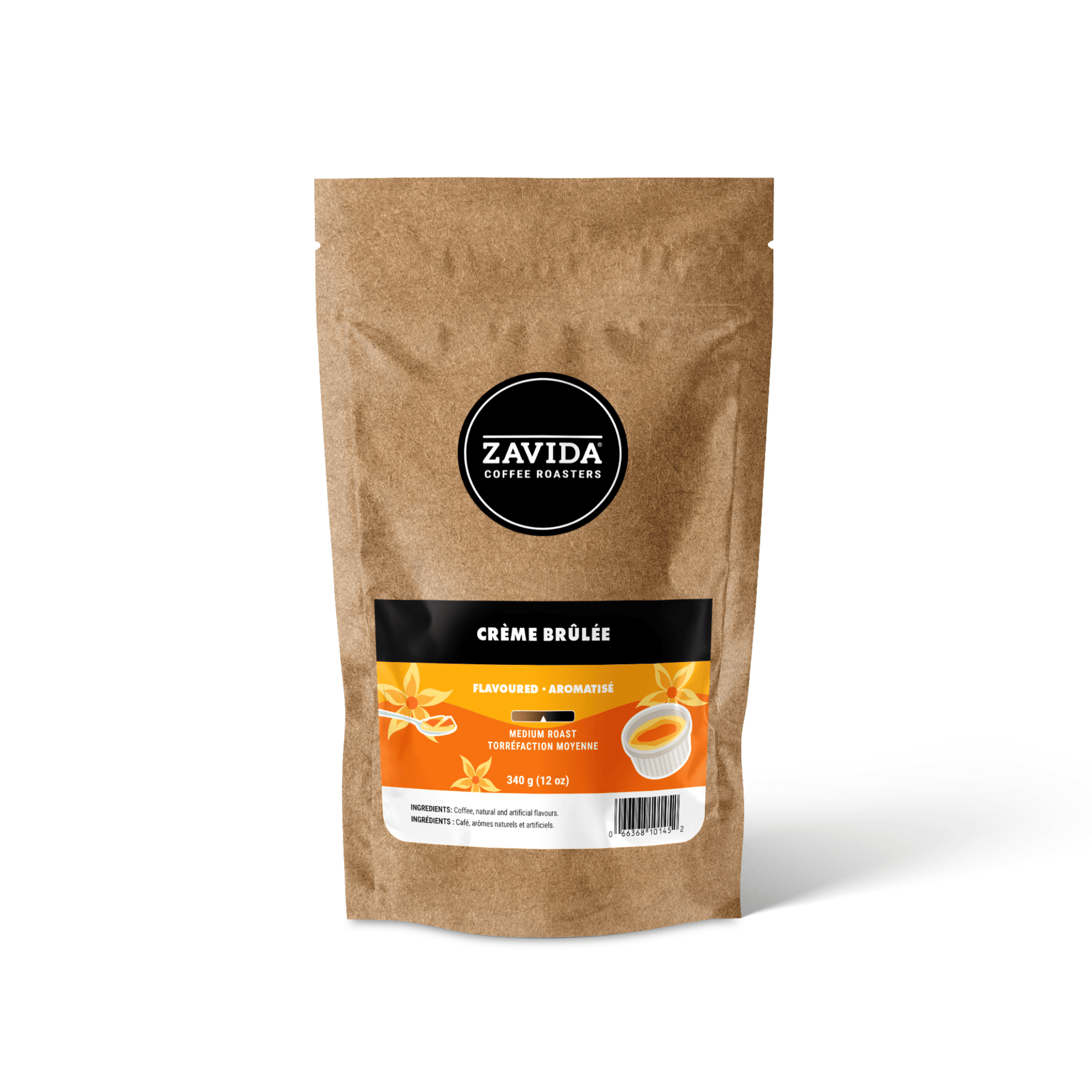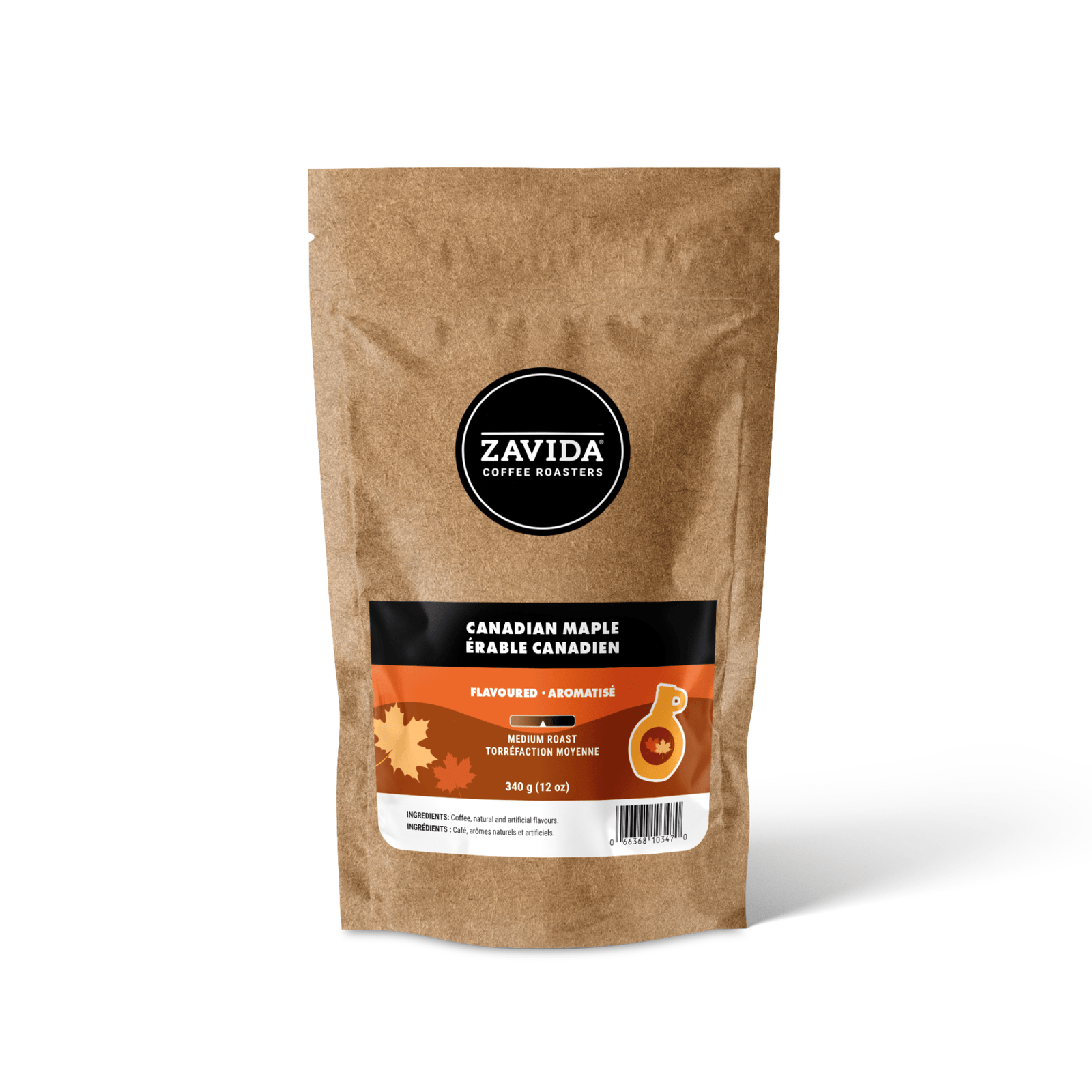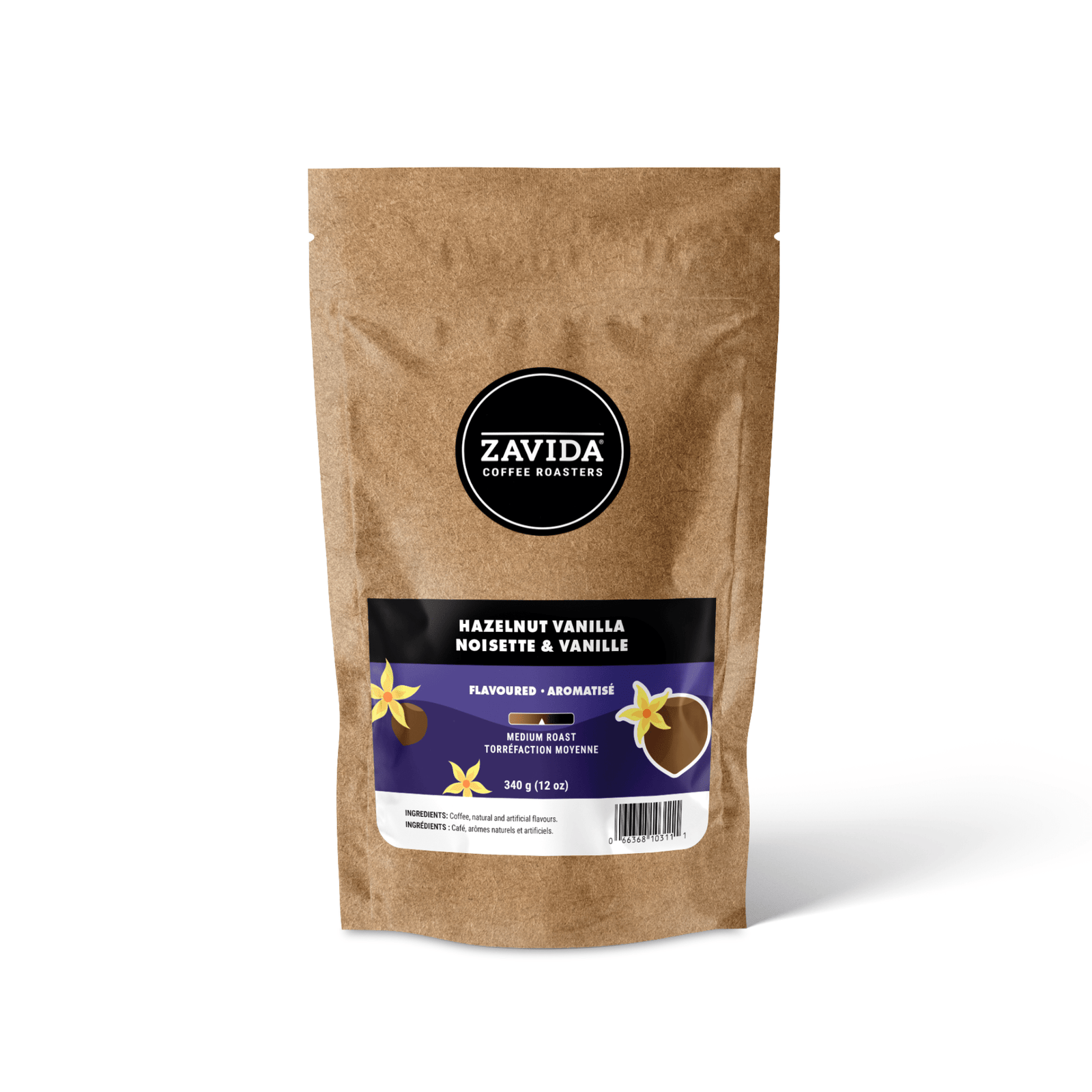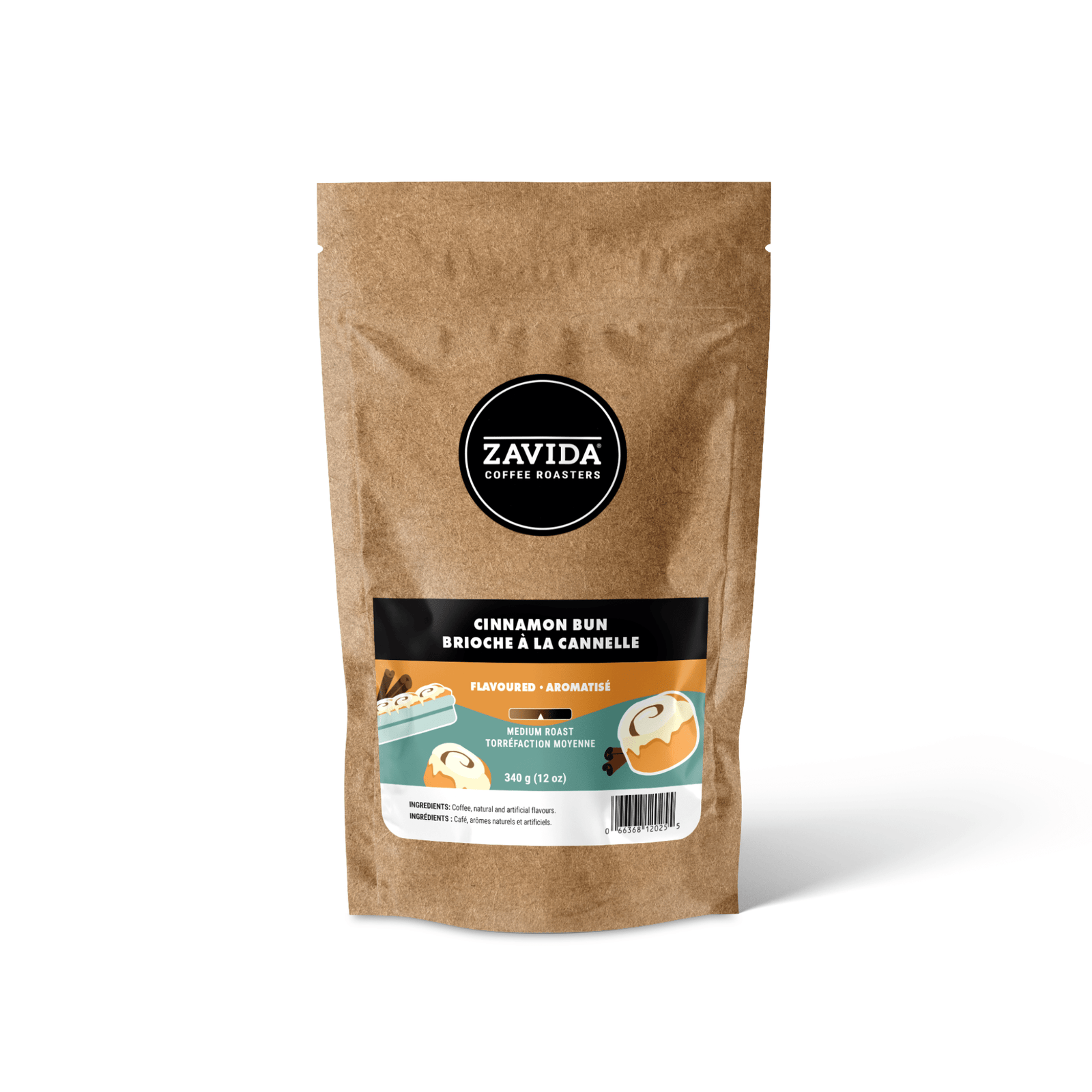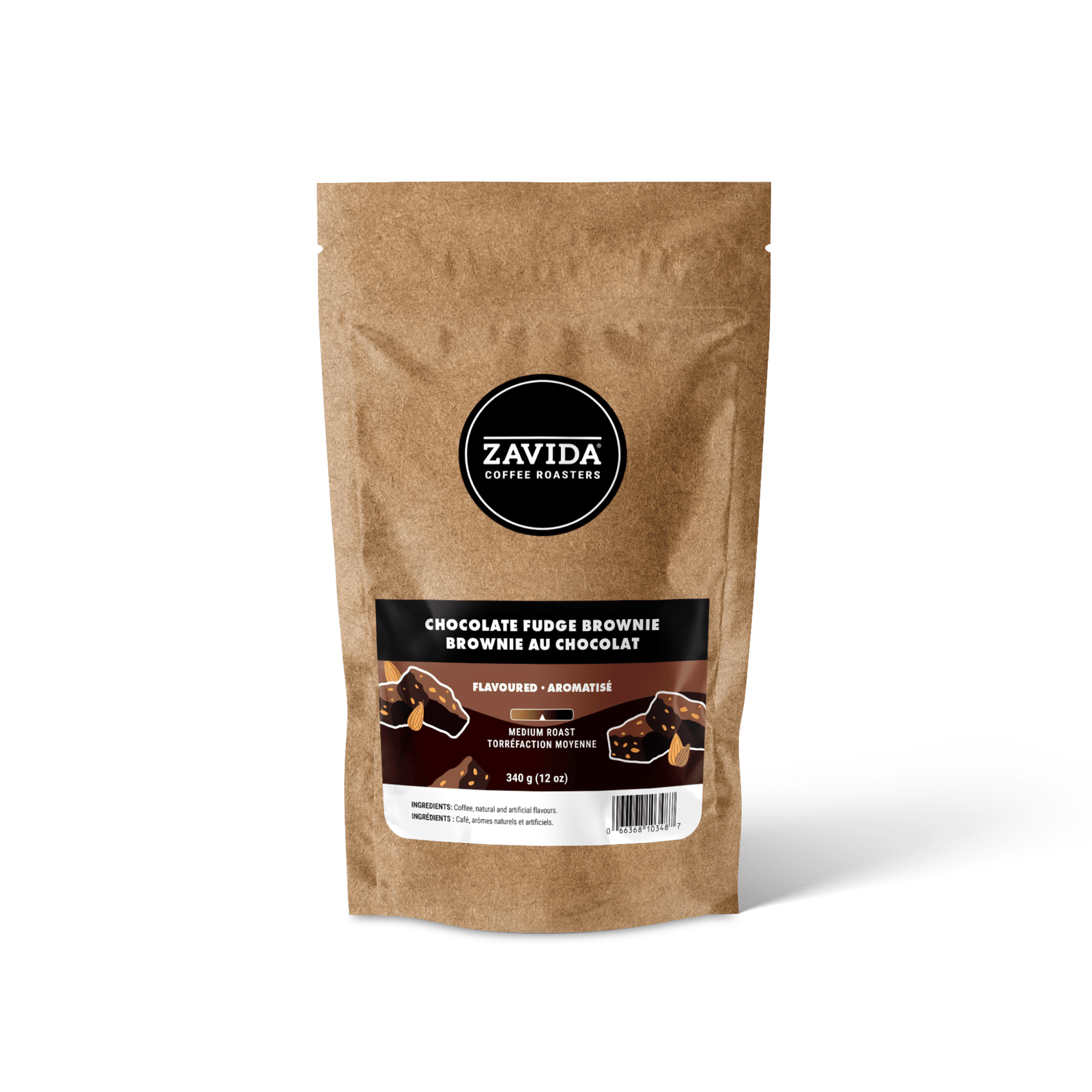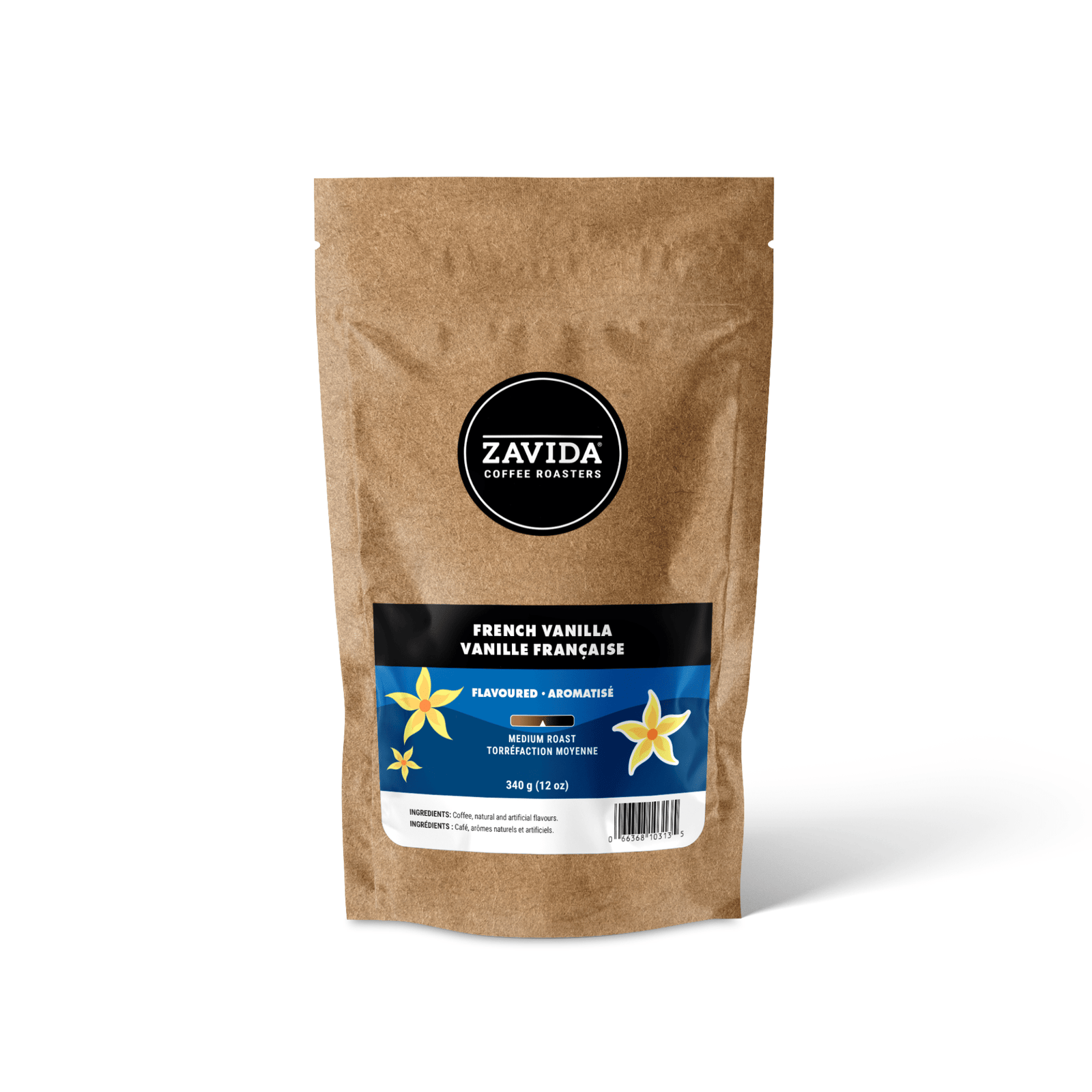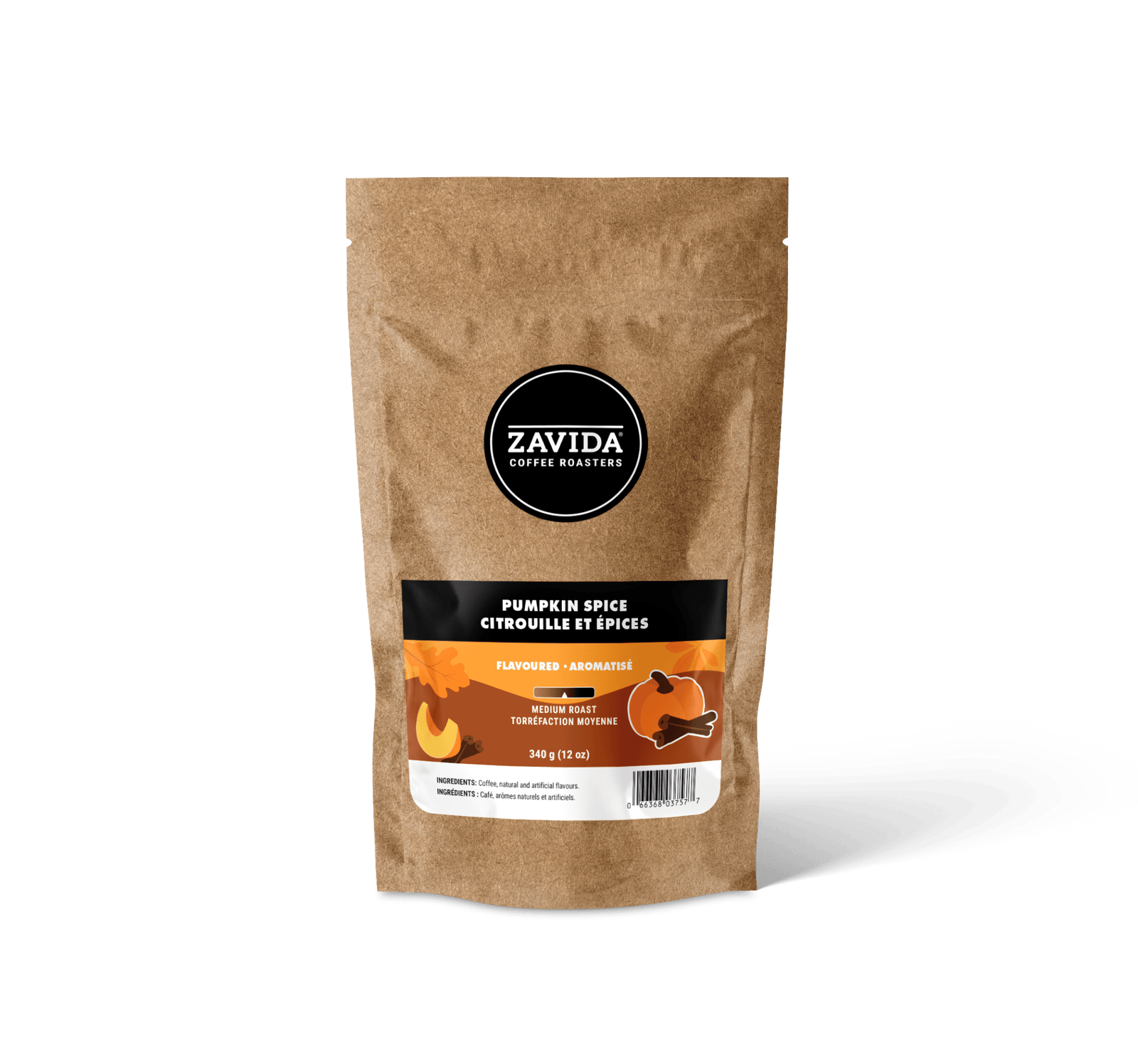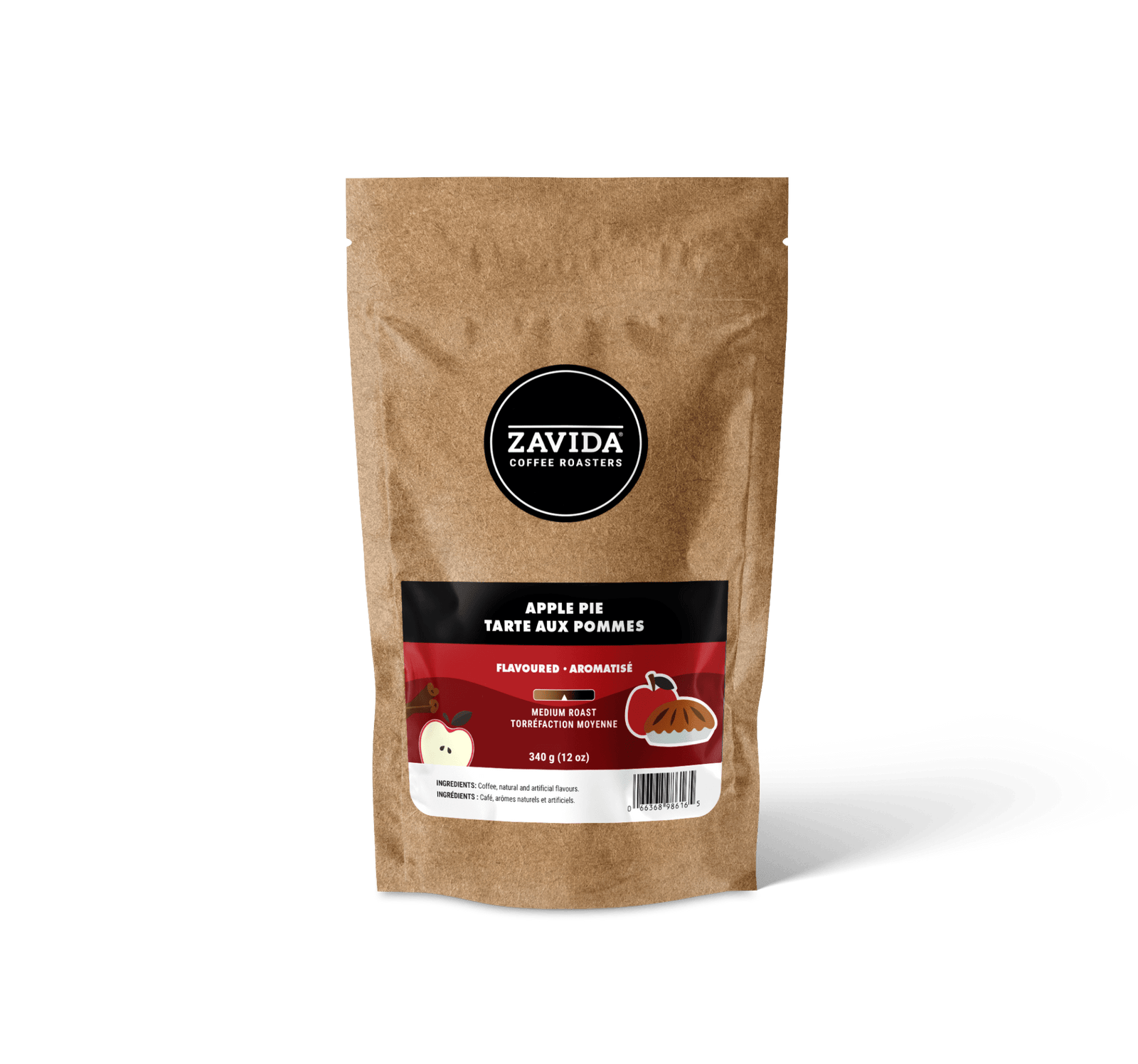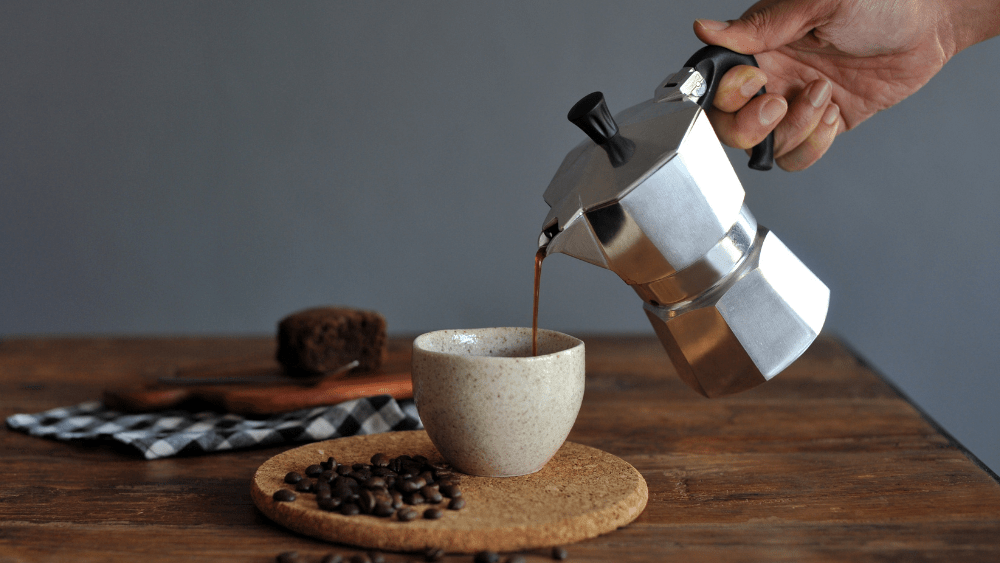
L'expresso – on l'adore ou on le déteste, mais il ne fait aucun doute qu'il est une boisson populaire. Utiliser une machine à expresso est de loin le meilleur moyen de préparer une tasse parfaite, mais ces machines peuvent être assez chères, prendre beaucoup de place et nécessiter un entretien régulier.
N'ayez crainte, même sans machine sophistiquée, vous pouvez préparer un café fort et concentré de qualité ! Nous vous montrons ci-dessous quelques astuces pour préparer un expresso sans machine à expresso.
QU'EST-CE QUE L'ESPRESSO ?
HISTOIRE DE L'ESPRESSO
L'expresso a vu le jour dans la seconde moitié du XIXe siècle, en pleine révolution industrielle européenne, alimentée par la vapeur. C'est en 1884 qu'Angelo Moriondo, un inventeur italien, a créé la première « […] machine à vapeur pour la préparation économique et instantanée de café ».
À la même époque, les cafés gagnaient rapidement en popularité sur le continent, et les propriétaires de cafés ont découvert qu'une machine à café était un moyen rapide et efficace de servir un café savoureux à leurs clients. C'est ainsi que le terme « expresso » est apparu pour décrire ce type spécifique de préparation du café, le distinguant ainsi du café filtre préparé dans une cafetière avec percolateur.
Certains pensent que le terme « expresso » vient de la racine latine du mot « exprimere », qui signifie « presser ». Cela paraît logique puisque l'expresso est préparé en appliquant une pression pour faire passer de l'eau à travers le marc de café, mais il s'avère que le mot est plus probablement associé à la nature « express » de la préparation de ce café.
Les machines à expresso fonctionnent plus rapidement que les autres méthodes d'infusion, et les propriétaires de cafés peuvent désormais servir le café à leurs clients beaucoup plus rapidement qu'auparavant. Le mot « expresso » est rapidement devenu synonyme d'une méthode d'infusion rapide, ou « expresso » préparée à la demande du client !
LA SCIENCE DERRIÈRE L'ESPRESSO
Avant d'aller plus loin, il est important de comprendre précisément ce qu'est un expresso. La définition la plus courante et la plus acceptée de l'expresso est un café concentré, fort et corsé, recouvert de crème, obtenu en appliquant rapidement une forte pression pour faire passer de l'eau à travers du café finement moulu.
L'espresso n'est pas un type de café, mais plutôt une méthode d'infusion. Il est généralement préparé à partir de café torréfié foncé, finement moulu, recouvert d'une riche crème et infusé à chaud et sous pression. Ces conditions sont faciles à reproduire à la maison !
Les machines à expresso fonctionnent en appliquant une pression de 9 bars par pouce carré (PSI) : avec une pression de 9 bars, soit 130,5 PSI, vous obtenez un expresso ! La pression est difficile à obtenir manuellement, c'est pourquoi les machines sont équipées de pompes et de leviers.
QU'EST-CE QUE LA CREMA ?
La crema est le signe d'un expresso réussi : c'est une mousse claire composée de microbulles de CO2 en suspension dans l'eau, déposées sur le café. Ces microbulles se fixent aux huiles naturelles (et savoureuses !) du café et créent une première gorgée riche et onctueuse.
Malheureusement, c'est aussi la chose la plus difficile à reproduire sans machine à expresso, donc si vous aimez la crème, l'AeroPress ou la cafetière moka peuvent être vos meilleures options.
CINQ MÉTHODES POUR FAIRE DE L'ESPRESSO À LA MAISON
PRESSE FRANÇAISE
La cafetière à piston utilise une combinaison de pression et de chaleur. Un expresso préparé avec une cafetière à piston ne sera pas aussi « punch » qu'un expresso traditionnel, mais cela peut s'avérer utile. Votre café concentré sera également un peu plus onctueux que celui auquel vous êtes habitué et contiendra moins de caféine qu'un expresso, alors gardez cela à l'esprit !
Pour utiliser une presse française :
- Retirez le couvercle de la cafetière à piston et choisissez un café torréfié foncé. Notre Café expresso Organica Rainforest Alliance est parfait pour ça !
- Moulez votre café en une poudre fine, mais pas trop fine : vous ne voulez pas étouffer l'extraction et laisser des dépôts, mais vous voulez aussi extraire le maximum de vos grains. La mouture doit être plus fine que d'habitude pour une cafetière à piston, mais plus grossière que pour un expresso !
- Ajoutez environ 2 cuillères à soupe de marc de café pour chaque tasse d'eau dans votre cafetière à piston. Nous utilisons ici un double dosage, qui contient une concentration café/eau plus élevée que la normale pour une cafetière à piston, car nous souhaitons obtenir un café fort.
- Faites chauffer l'eau à environ 93 °C. Assurez-vous qu'elle ne bout pas ! Pour cela, éteignez le feu et laissez reposer l'eau environ 20 secondes après l'ébullition.
- Faites fleurir votre café en ajoutant un peu d'eau chaude à votre café moulu et en le laissant infuser environ 30 secondes. Cette étape permet aux notes aromatiques du café de s'exprimer pleinement ; ne lésinez pas sur la qualité !
- Ajoutez le reste de votre eau, placez le couvercle et laissez infuser environ 5 minutes.

- Appuyez lentement sur le piston jusqu'à mi-course, puis remontez-le jusqu'en haut. Répétez l'opération en appuyant à nouveau lentement sur le piston, en exerçant la même pression jusqu'en bas. Procédez lentement, car vous risqueriez d'interrompre l'extraction si vous essayez de la faire trop vite.
- Versez et servez.
CUISINIÈRE OU « MOKA POT »
La cafetière moka, ou cafetière à expresso, est probablement la méthode la plus traditionnelle pour préparer un expresso. C'est aussi l'une des plus populaires pour préparer un café fort et intense sans équipement coûteux. La cafetière moka est un appareil de percolation simple mais ingénieux, qui offre une saveur intense à petit prix et est très accessible !
Lorsque vous utilisez une cafetière moka, vous devez vous assurer que vous utilisez du café finement moulu - les grains doivent être plus grossiers que ceux que vous utiliseriez dans une machine à expresso ordinaire, mais plus fins que ceux que vous utiliseriez pour une cafetière à filtre.
Pour utiliser une cafetière moka :

- Dévissez votre cafetière moka jusqu'à ce qu'il ne vous reste plus que trois éléments : la partie inférieure, qui contiendra votre eau, un panier-filtre en métal pour votre marc de café qui se trouve à l'intérieur de la chambre inférieure et une partie supérieure (bec verseur) où votre café apparaîtra comme par magie infusé.
- Ajoutez de l'eau chaude, non bouillante (environ 200 °F) dans la partie inférieure de votre cafetière moka.
- Remplissez le panier métallique de café finement moulu jusqu'en haut. Veillez à ne pas tasser le café, car cela pourrait bloquer l'extraction. N'oubliez pas : l'eau choisit toujours le chemin de moindre résistance. Ainsi, si vous tassez le café et éliminez l'air entre les grains, l'eau ne peut pas s'échapper !
- Placez le panier métallique dans le compartiment inférieur et vissez le bec verseur. Attention, le compartiment inférieur sera très chaud : enroulez un torchon autour de la cafetière moka pour bien la visser.
- Placez la casserole sur feu moyen. Laissez le couvercle ouvert pour voir votre café infuser.
- Soyez attentif aux signaux : lorsque la cafetière moka commence à siffler, la pression se crée à l'intérieur des chambres. Dès que vous entendez des crépitements, il est temps d'observer la magie opérer. Le café sortira très foncé, presque visqueux au début. Vous saurez qu'il est prêt lorsque l'eau redeviendra claire, ce qui prend généralement environ 30 secondes après l'écoulement des premières gouttes.
- Une fois le café infusé, retirez la casserole du feu et passez soigneusement la chambre inférieure sous l'eau froide pour arrêter le processus d'infusion et éviter que votre café ait un goût de brûlé.
- Versez et servez.
AEROPRESS
L'AeroPress est un appareil idéal pour les voyages grâce à sa taille et son poids compacts. Fabriqué en plastique, il est donc peu fragile et relativement peu coûteux. Il utilise la pression de l'air pour injecter de l'eau chaude dans le café moulu, un procédé très similaire à celui d'une machine à expresso portable.
L'AeroPress se compare à l'espresso en termes de teneur en caféine et de saveur, mais la texture n'est pas tout à fait la même.
Pour utiliser l'AeroPress :
- Placez le bouchon de vidange de l'AeroPress sur une tasse. Assurez-vous d'être sur une surface stable, car vous devrez appuyer assez fort.
- Ajoutez deux filtres au lieu d'un seul sur le bouchon de vidange. Cela ralentira le débit d'eau lorsque vous appuyez dessus, pour un café plus corsé !
- Mouillez légèrement vos filtres et placez le bouchon de vidange à l'intérieur du compartiment de la presse.
- Ajoutez deux cuillères à soupe de café finement moulu dans les filtres. N'hésitez pas à ajouter un peu plus de café que d'habitude pour obtenir un expresso de qualité.
- Ajoutez de l’eau chaude (200 °F) dans l’AeroPress, remuez rapidement et attendez 30 secondes.
- Appuyez doucement sur le piston de l'AeroPress en exerçant une pression constante et régulière, et le café semblable à un expresso ira directement dans votre tasse.
- Versez et servez.

Maintenant que vous disposez de quelques alternatives pour préparer un bon expresso sans machine, vous n'aurez plus besoin de sortir pour prendre un café ! L'AeroPress est une excellente option pour ceux qui passent beaucoup de temps en nature, en voyage, loin de chez eux ou qui ont des ressources limitées.
MACHINE À ESPRESSO PORTABLE
La Staresso est une machine à expresso portable qui prépare un expresso en exerçant une pression manuelle et en poussant l'eau à travers le café dans une tasse. Petite, économique et portable, elle nécessite toutefois un peu de force musculaire et des connaissances en café.
La saveur et la crème ne sont pas aussi riches que celles des expressos préparés avec de vraies machines à expresso, mais beaucoup de gens disent qu'elles sont comparables, surtout pour la différence de prix !
La pompe manuelle du Staresso délivre une pression élevée, puissante, stable et constante pour une extraction optimale de l'huile, véritable essence de l'espresso. Avec une extraction profonde de 15 à 18 bars, vous pouvez obtenir un expresso crémeux et doré en moins d'une minute ! Il existe de nombreux modèles de machines à expresso portables sur le marché. Comparez les offres et trouvez celle qui vous convient le mieux !
CAFÉ INSTANTANÉ ESPRESSO
La Staresso est une machine à expresso portable qui prépare un expresso en exerçant une pression manuelle et en poussant l'eau à travers le café dans une tasse. Petite, économique et portable, elle nécessite toutefois un peu de force musculaire et des connaissances en café.
Popularisé dans les années 1940, le café instantané est un moyen rapide et facile de préparer du café où que vous soyez et avec un minimum de ressources. Sa teneur en caféine est inférieure à celle de l'espresso et son goût est moins riche, mais il est parfait pour préparer des boissons à emporter ! Nous vous recommandons d'utiliser un café instantané torréfié foncé, dont le goût se rapprochera de celui de l'espresso.
Voici comment vous pouvez préparer une boisson de type expresso avec du café instantané :
- Videz le paquet de café instantané dans une tasse.
- Faites infuser votre café en ajoutant un peu d'eau chaude et en attendant 30 secondes. Cela permettra aux arômes de se développer davantage.
- Ajoutez la moitié de la quantité d'eau recommandée et remuez. Cela vous permettra d'obtenir un expresso riche et intense.
- Apprécier!
Cette méthode vous permet de préparer une grande variété de boissons au café : frappés grecs, café Dalgona et bien plus encore. Il n'y a pas de limite !
L'espresso est une question de pression, c'est pourquoi il est souvent produit à l'aide d'une machine, mais il est possible de créer une boisson semblable à l'espresso à la maison sans utiliser d'équipement coûteux !
Assurez-vous d'utiliser un café torréfié foncé, comme notre Café torréfié français de qualité supérieure ou notre Espresso Organica Rainforest Alliance , pour un goût aussi authentique que possible. Choisissez ensuite votre méthode d'infusion préférée et c'est parti !

